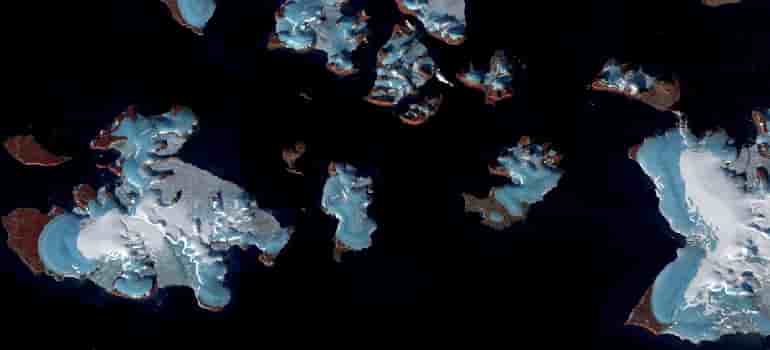Rising temperatures, melting glaciers, and extreme weather events paint a grim picture for the region
A new report released by the Centre for Science and Environment (CSE) paints a grim picture of the Himalayan region, highlighting its increasing vulnerability to climate change. The report, titled “State of India’s Environment 2024,” reveals that between 2013 and 2022, the Himalayas witnessed a staggering 44% of all disaster incidents reported in India, primarily floods, landslides, and thunderstorms.
The report serves as a stark reminder of the urgency of addressing climate change. It emphasizes that the extreme weather events witnessed in the region in 2023, including cloudbursts and torrential rains, are just a glimpse of the future that awaits if immediate action is not taken.
The report identifies rising average surface temperatures as a key driver of the region’s woes. This has led to the rapid melting and retreat of glaciers. A study by the International Centre for Integrated Mountain Development (ICIMOD) reveals that the Hindu Kush Himalayas has seen a concerning 65% faster rate of glacier mass loss compared to the previous decade.
The consequences of glacial melt are far-reaching. It leads to the formation of glacial lakes, which pose a significant threat of overflowing or bursting their banks, causing immense downstream destruction. The report highlights the alarming increase in the number of such lakes in Uttarakhand and Himachal Pradesh, rising from 127 in 2005 to 365 in 2015.
Experts, including ICIMOD’s Deputy Director General Izabella Koziell, emphasize the critical role of immediate action to prevent a looming catastrophe. Koziell warns of the devastating consequences of losing the Himalayan cryosphere, which provides water to over two billion people in Asia.
The report also explores the impact of climate change on the region’s permafrost, which is rapidly thawing, leading to infrastructure damage and landslides. Experts like Dr. Miriam Jackson, a senior cryosphere specialist at ICIMOD, reiterate the need for collaborative efforts involving national governments, local communities, and experts to address these issues effectively.
Dr. Kalachand Sain, head of the Dehradun-based Wadia Institute of Himalayan Geology, emphasizes the importance of sustainable development practices in the region. He argues that halting development is not the solution; instead, it needs to be done responsibly, taking into account the environmental fragility and involving all stakeholders in the decision-making process.
The “State of India’s Environment 2024” report serves as a crucial wake-up call, urging policymakers and stakeholders to prioritize climate action and implement sustainable development strategies to safeguard the future of the Himalayan region and its inhabitants.


